In this video lesson, you will learn a sample chord progression for a Grade 3 Performance Award guitar exam.
In Grade 3, the big difference between this and previous exams is that you will now be expected to perform barre chords, which are included in this lesson.
To learn more about this exam, please visit the RGT Performance Award Exam Page.
Barre Chords
Barre chords are those that take common, open-position chord shapes and move them up the fretboard in order to play those shapes in all 12 keys on the guitar.
Here is an example of open chords vs. barre chords for both major and minor chord shapes on the 6th and 5th-string roots.
Each chord has the interval number written for those that wish to learn more about the theory behind each chord shape.
Please refer to the video lesson below for fingering suggestions for these chords if you are having trouble getting them onto the fretboard.
Here are the six barre chord shapes that are used in the video lesson and progression below that you can study and get under your fingers.
Each chord is written out in two positions so that you can practice playing these barre chords with a 5th and 6th-string root note.
Chord Progression
Here is the chord progression used in the video lesson below. Please refer to the video lesson for descriptions of the layout of the progression and of the musical symbols used in the progression.
Video Lesson

Do you have a question about this Grade 3 Rhythm Lesson or about barre chords? Share your thoughts in the comments section below.

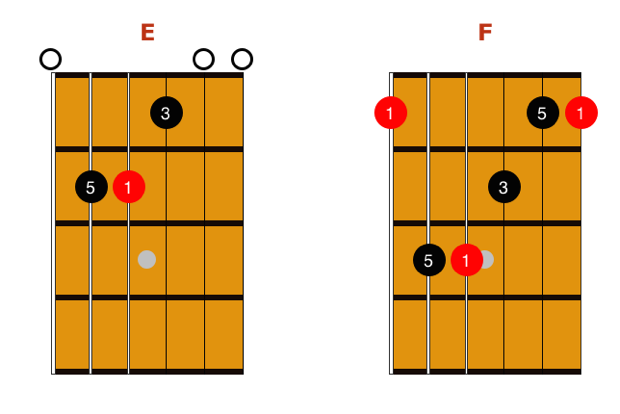
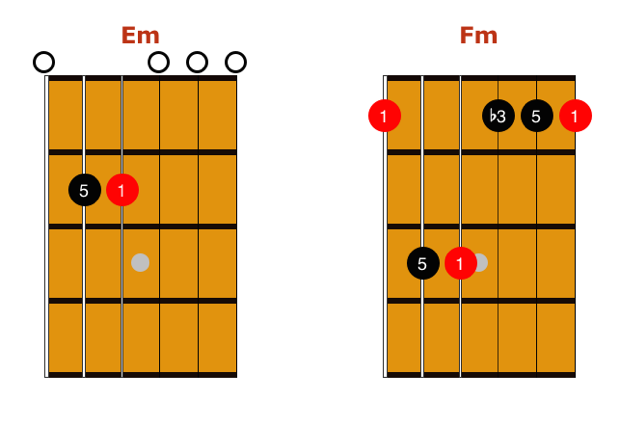

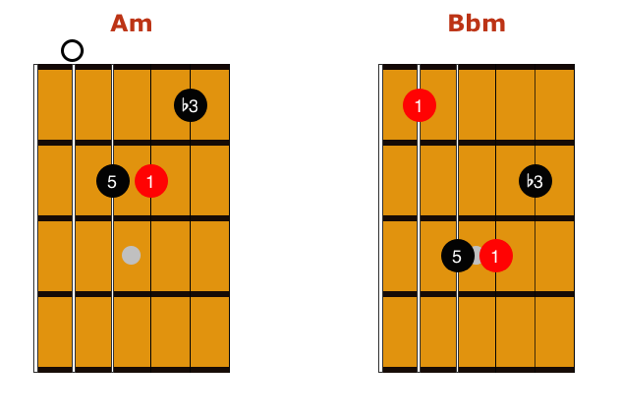
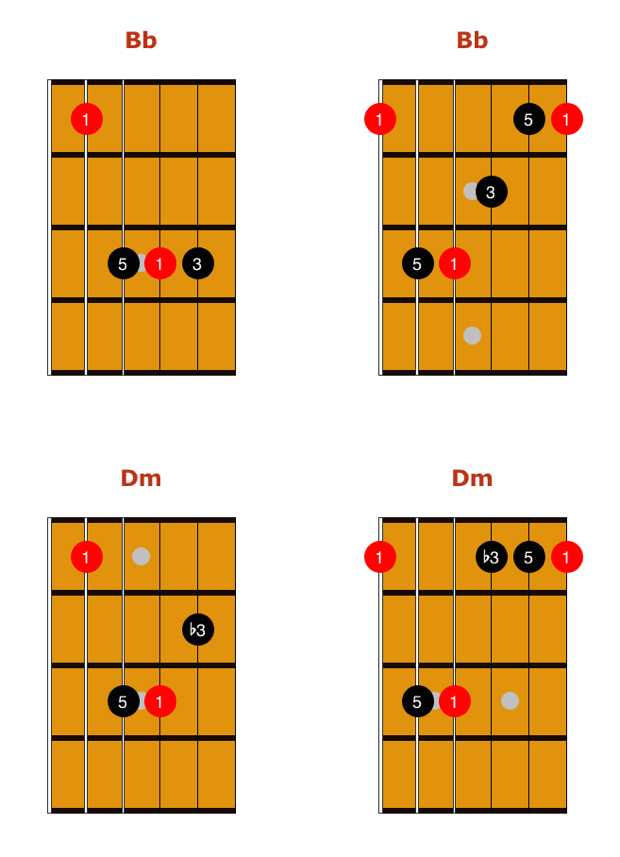

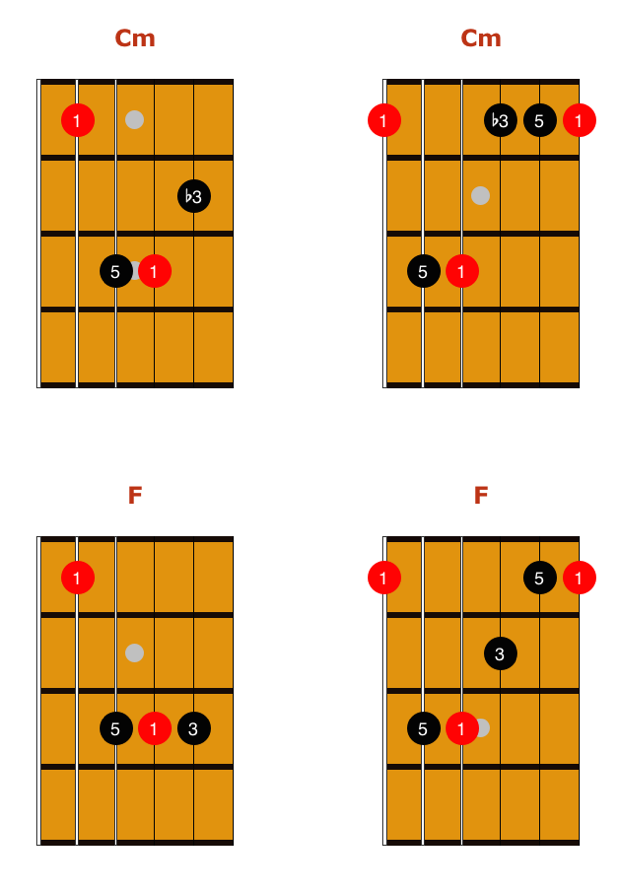
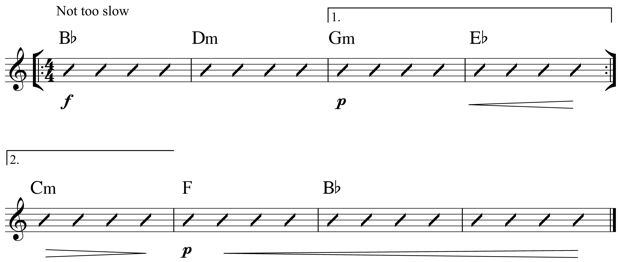
Hi,
Can someone advise when playing the a major shape barre chords is it OK to play the 4 string version omitting the high e string?
Hi Simon,
Yes this would be okay because the high e string would naturally formulate the 5th of the chord (in the A shape).
You already cover the 5th in the second note of the chord so it doesn’t matter too much, it just provides a different texture.
E.g. in a D major, A shape your notes would be – D A D F# (A).
The bracketed A is the high e string, the fifth of the chord.
Hope that’s helpful,
Josh Embling
Thanks because playing it not using a mini barre is a real nightmare!
It gets easier! Practice practice practice.
Thanks, so I wouldn’t lose marks in an exam for playing it using for strings?